We get asked all the time “where does the muskox live?.” Well, there’s a simple and a more complicated answer to that. In general, muskox live in the arctic tundra regions of North America and Greenland. By the 1920s, muskox had disappeared from Europe, Asia, and Alaska. The only remaining muskox were in Greenland and Arctic Canada. International concern over impending extinction of this animal led to an effort to restore a population in Alaska.
Where does the muskox live?
Today, Musk ox can be found in northern Canada, Greenland, Alaska, Norway, Sweden, and Siberian Russia.
Alaska
In Alaska, permits vary from year to year based on the year’s muskox counts. Permits are divided evenly between the two hunts. If you’re lucky enough to draw a muskox permit on Nunivak Island, you’re likely to get your bull.
Canada
 In Canada, we offer both Barren Ground and introduced Greenland muskox hunts. Native, Barren Ground muskox hunting takes place on the north slope of the Canadian mainland from about Cape Bathurst eastward to Hudson Bay. You can also hunt them throughout the Canadian arctic islands (except Baffin Island).
In Canada, we offer both Barren Ground and introduced Greenland muskox hunts. Native, Barren Ground muskox hunting takes place on the north slope of the Canadian mainland from about Cape Bathurst eastward to Hudson Bay. You can also hunt them throughout the Canadian arctic islands (except Baffin Island).
Introduced Greenland Muskox Hunting is carried out from Cape Peel to Mount Pelly, on the southern coast of Victory Island.
Greenland
Our Muskox Hunts in Greenland take place on the northern and eastern coasts of the island.
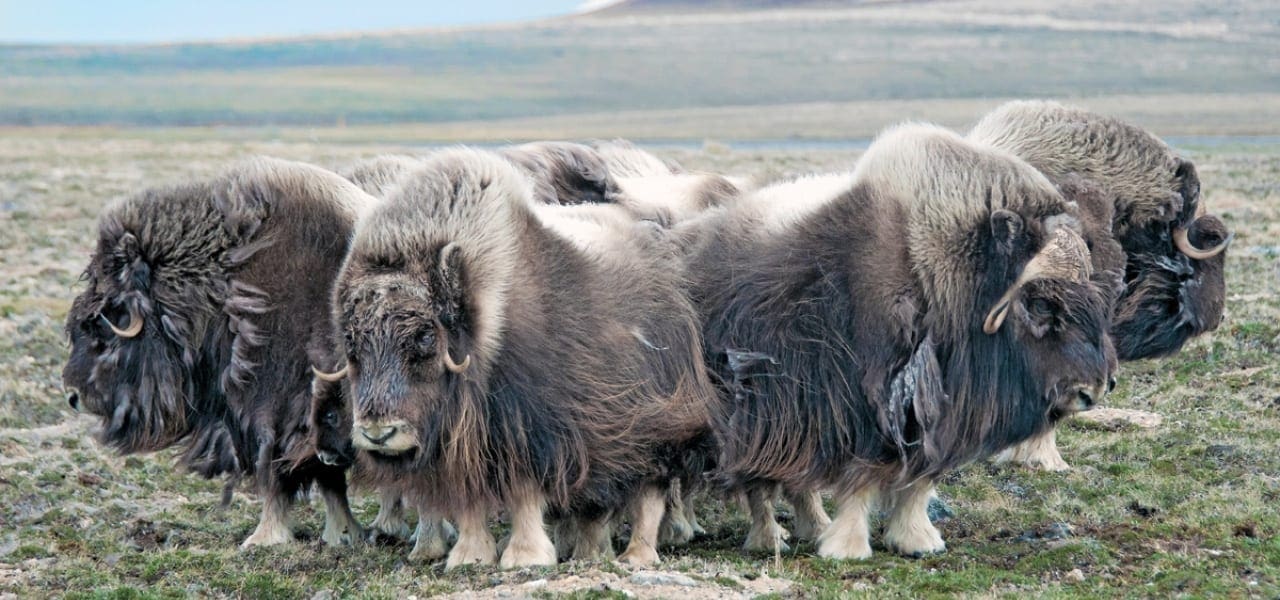
Interesting Facts About Muskox
- Musk oxen are not oxen, they’re actually more closely related to goats and sheep.
- With their stubby legs, musk oxen are not migratory. Their large and widely splayed hooves provide good traction and make for a good tool for pawing through snow to vegetation. In the summer months musk oxen take up residence in the wetlands, rivers, and valleys in the lower elevations of the arctic tundra. There is more access to food in the lower elevations, which is great for developing a thick layer of body-fat/insulation in preparation for the winter months. In the winter they actually move up to higher elevations where the snow is easier to move through.
- The musk ox gets its name from the strong, musky smell that they release during mating season, which isn’t actually musk.
- Their body is covered in two distinct layers of coats: a long, coarse, outer layer and a short, fine, underwool called qiviut (pronounced KIV’-EE-UTE), that is highly valued, and has been called the rarest fiber in the world. The outer coat of coarse guard hairs reaches nearly to the ground, protects qiviut, sheds water, and keeps insects at bay. The dense inner coat qiviut provides warmth, extends into nostrils, and is shed in the summer.
- The musk ox is one of the oldest mammals in all of North America, virtually unchanged since the last ice age. You can find prehistoric musk ox fossils on display at the University of Alaska Fairbanks Museum of the North.
- The pupils of musk oxen eyes are horizontal, which act like sunglasses to reduce the glare of the sun reflected off snow and ice.
- There are two commonly recognized subspecies of musk ox: Barren Ground Ovibos moschatus moschatus, and Greenland O. moschatus wardi (also referred to as ‘white face’ musk ox).
- During harsh winters, they save energy by just standing or lying still. Extremely energy-efficient, they slow their breathing, heart rate, and digestion so they can survive on less food until the spring. Their compact size also helps them minimize heat loss and conserve energy. Muskoxen are poorly adapted for digging through heavy snow for food, so winter habitat is generally restricted to areas with shallow snow accumulations or areas blown free of snow.
Are you interesting in booking a hunt?
Ask Us About a Hunt
Request pricing and availability
Outdoors International has a team of hand-selected hunting experts to help you book your next hunt. Our job it is to help you in researching, booking and planning a great hunting trip with one of our amazing outfitter partners around the world.
The outfitter is a fantastic man and incredibly hard working and knowledgeable, there is no doubt he will do everything within his power to make peoples hunts successful and enjoyable. I plan to do it again with him next year for sure. Wade Zuver We saw bucks every day along with all other sorts of wildlife. Mountain goats, bears, and foxes were common sights. Fishing and crabbing was special bonus. The food was excellent, the crew was amazing. Outdoors International did a great job of finding exactly what we were looking for. Jesse Neveau The hunting lodge was out of this world!, Rooms, food and the scenery were all A+. Our guide was exceptional and had us on Shiras moose all five days. We saw over 30 total with at least 10 bulls. They had a plan for everything including taxidermy and game processing. Kayla Redmon 
Discover why thousands of people have trusted Outdoors International to help plan their hunt.
My hunt was absolutely top notch.
Our hunt was excellent.
What an amazing experience!
LET'S START PLANNING YOUR NEXT TRIP
Be specific so we can find exactly what you're looking for.


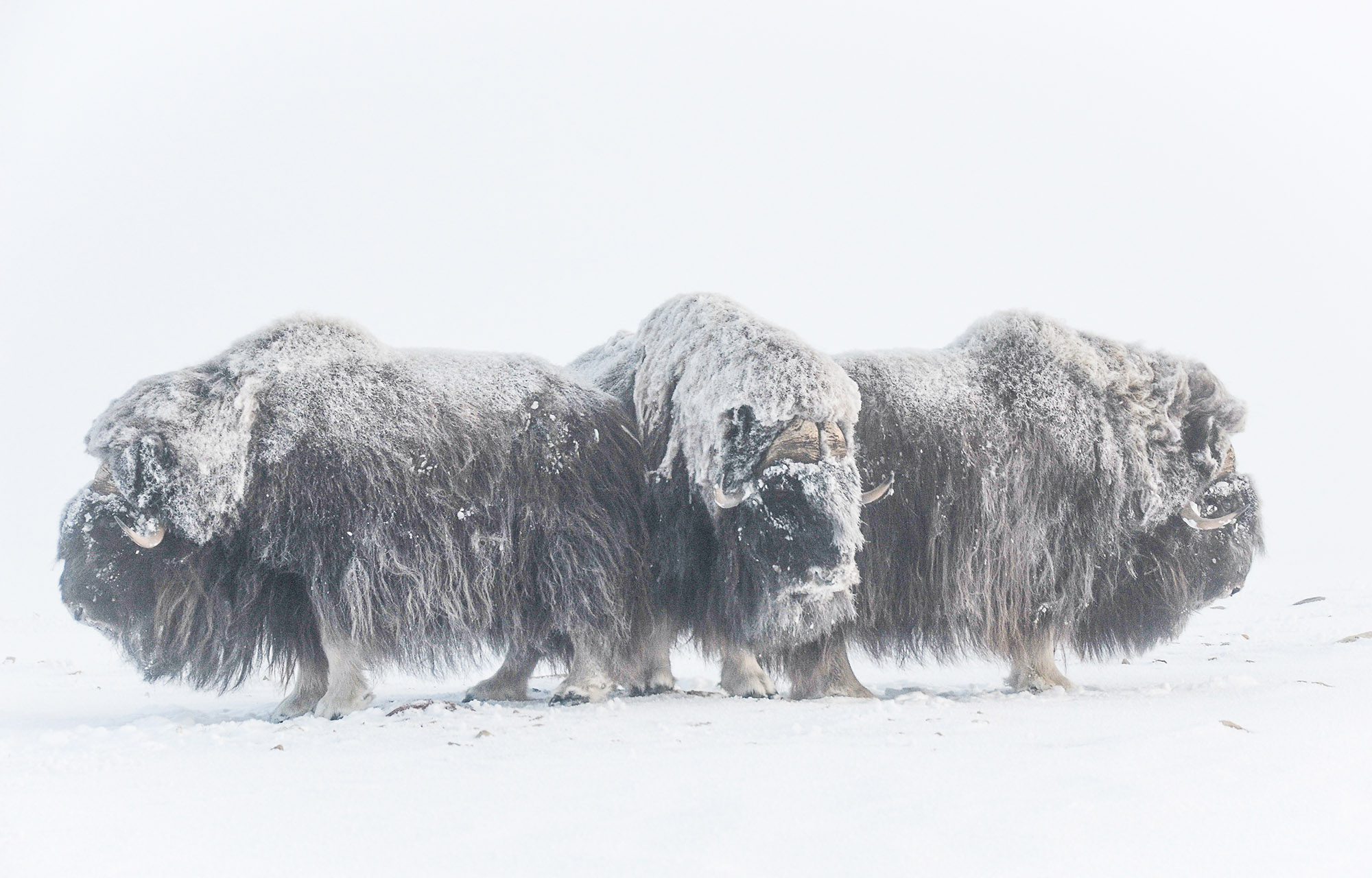
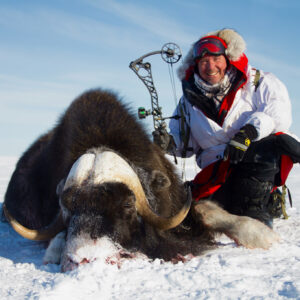
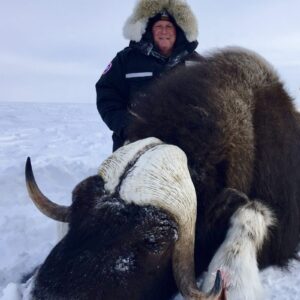
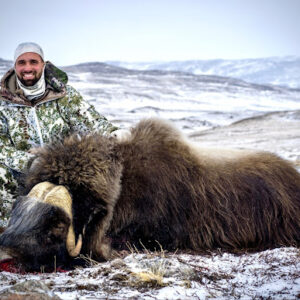
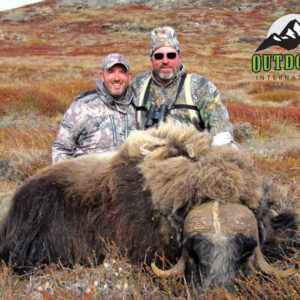
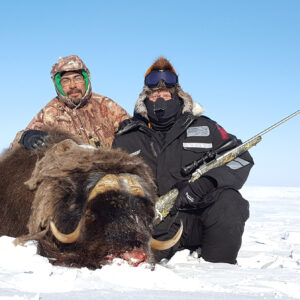
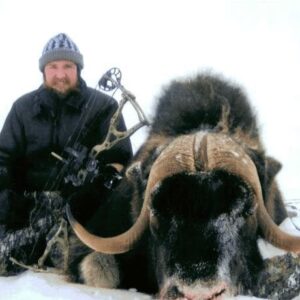
LET'S START PLANNING YOUR NEXT TRIP
Please be specific so we can find exactly what you're looking for.